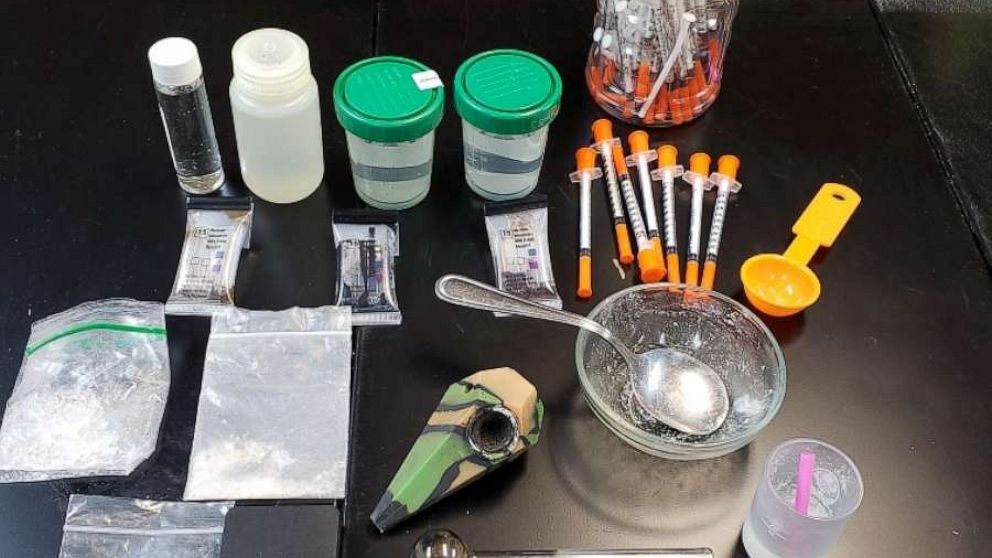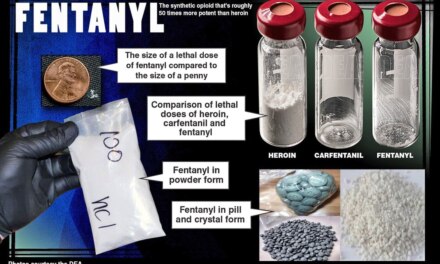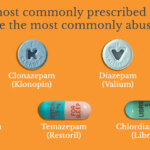I’ve been reading some pretty disturbing accounts of a new “super meth” that’s creating havoc in certain parts of the US. For instance, this long piece in the New York Times:
As Fentanyl Deaths Slow, Meth Comes for Maine
I’ve been through several meth outbreaks in the past, in various communities, and the most recent form of the drug we have already examined here, in a post from 2022. This does sound like something entirely different, more dangerous. But is it?
The Times article did strike me as a bit histrionic in tone, along the lines of the early media pieces about crack that followed the death of basketball star Len Bias. In that case, however, it quickly became clear that crack, although extremely addictive, wasn’t completely unlike other drugs we’d dealt with in the past– ironically, including methamphetamine (“speed”) — that caused no end of problems for the communities affected.
Here’s more: “…[people on meth] were bouncy, frenetic, spraying rapid-fire chatter, their pupils dilated. They warned of spies lurking outside the building, listening devices in ceiling tiles, worms in their throats…people writhe and twitch, compulsively clapping their hands behind their backs and scratching frantically at scabs to root out hallucinatory ‘meth bugs.’”
And still more: “…meth’s effects –including psychotic breaks and explosive violence– can be far more disruptive to communities than even fentanyl, a sedative.”
Disruptive, sure, but then, stumbling across a fatal fentanyl OD in the ladies’ room at a Mickey D’s can be pretty darn disturbing, too.
“…people were frothing, gurgling, seizing with tremors and delirium.”
I began to wonder if we weren’t dealing with a sample that had been adulterated with a synthetic. Something ketamine-like, or perhaps one of the synthetic cannabinoids, the ones that get the blame for inducing psychosis. Here’s something on those:
Review of the many faces of synthetic cannabinoid toxicities
Whatever the reason, it seems to me like high time to intensify efforts on the scientific front. Move away from relying on scary anecdotes, in favor of some harder data about composition and content of the drugs people are ingesting.
That’s usually a difference-maker when it comes to eventually finding solutions.












